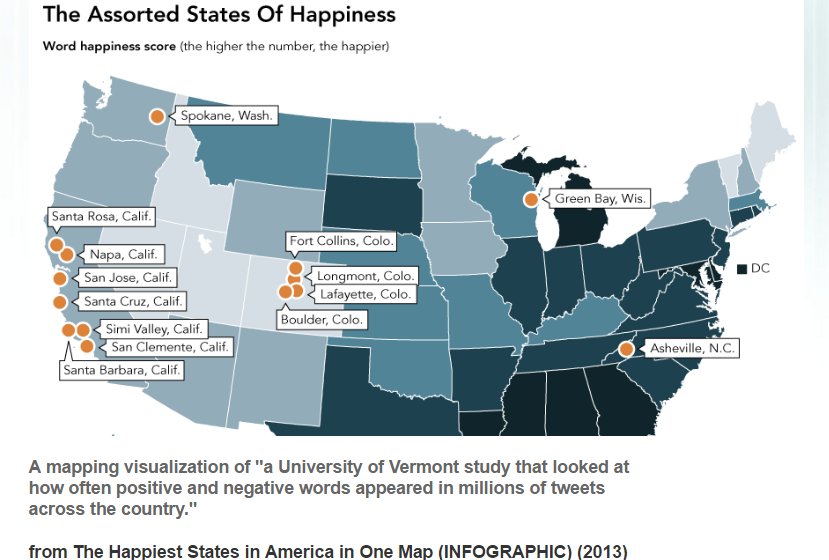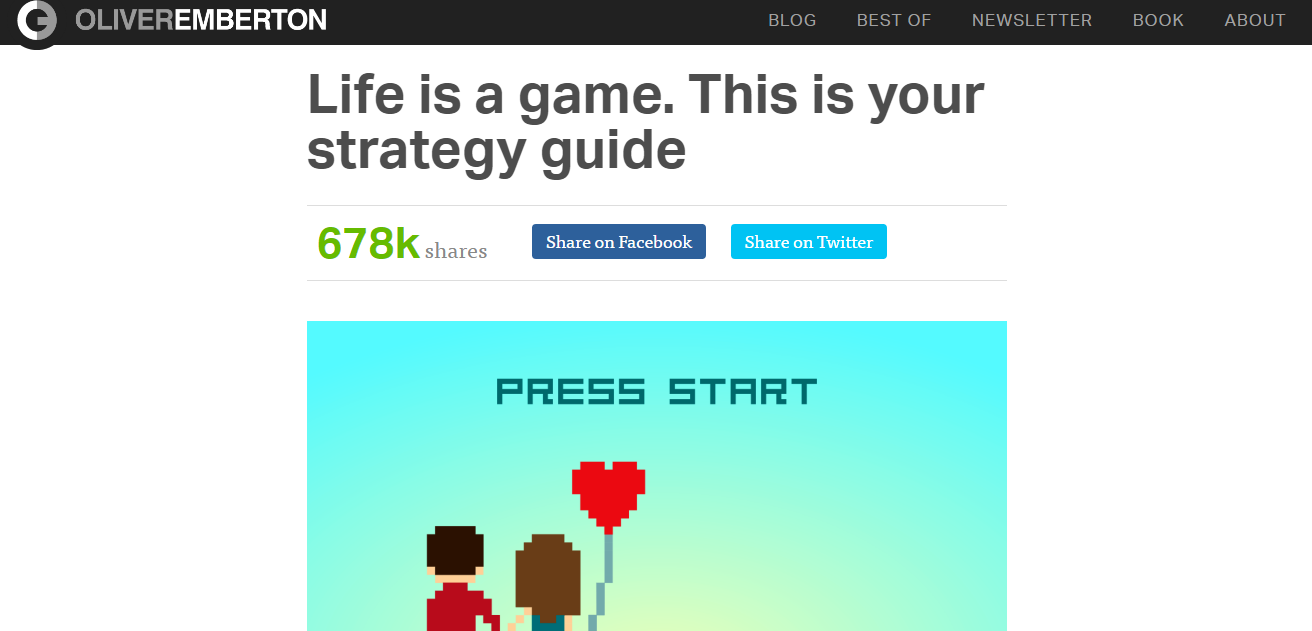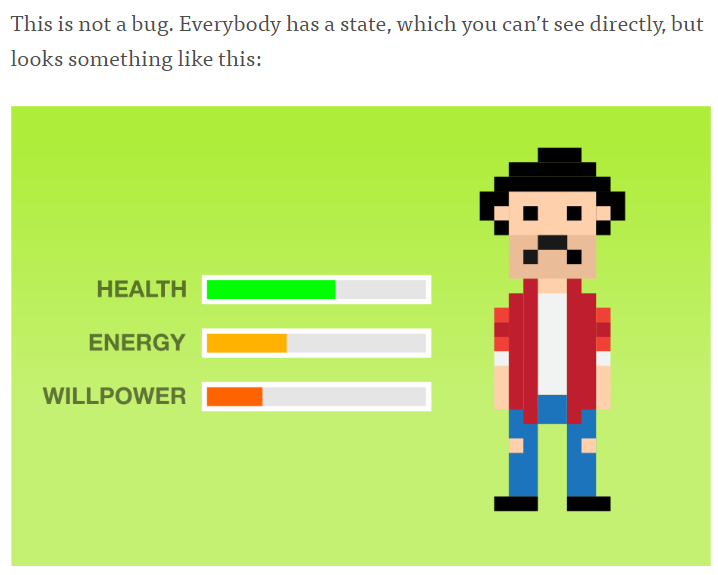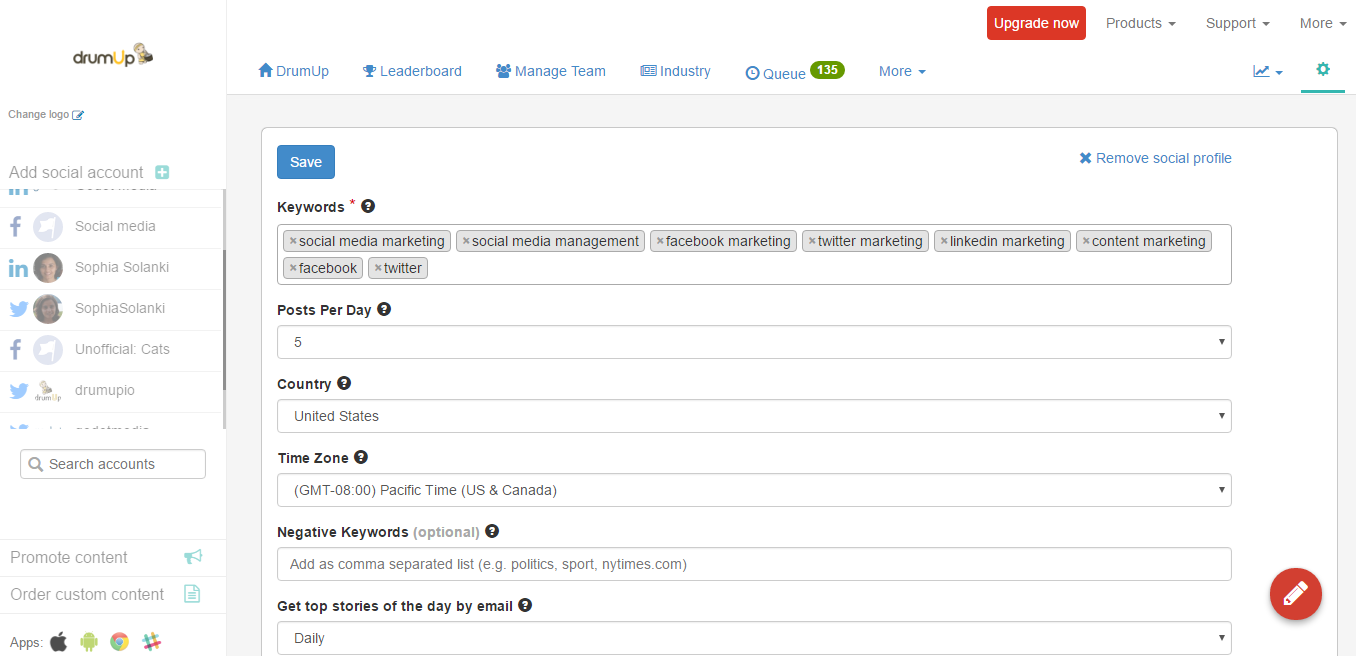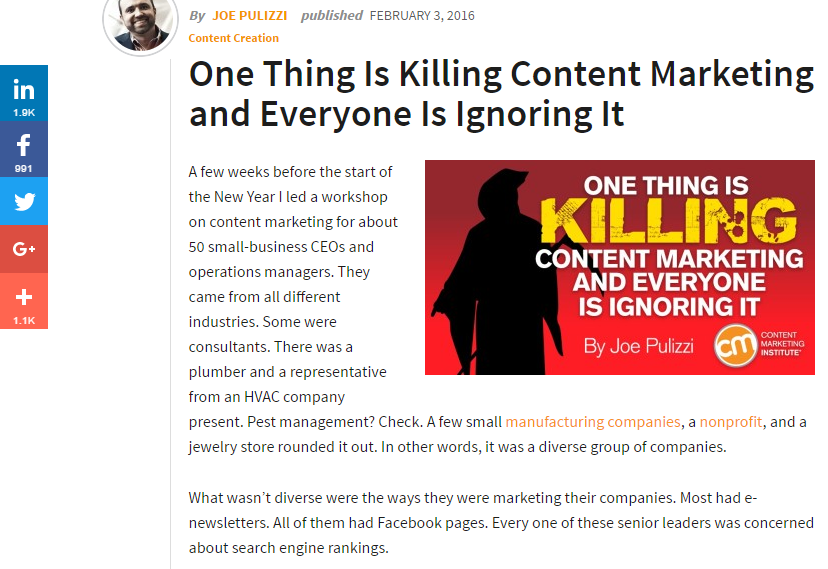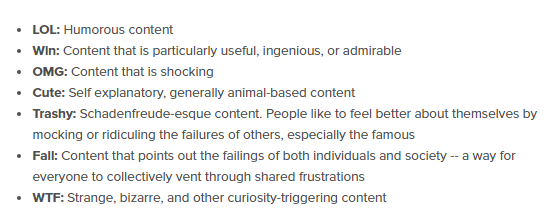Viral Content Marketing – How to Create the Ultimate Hits
Viral content marketing is fundamentally similar to a popular stand-up act; they both involve strong emotion and mass appeal. If your content lacks mass appeal, it won’t get shared by large numbers of people, and if it doesn’t evoke emotion, people won’t be moved to share it.
You need powerful content that can move many people to “go viral”.
The question to ask is if you want to appeal to everyone, or certain key demographics? Either way, most people in your target audience have to “get” your content for it to go viral. You can’t coast on jokes or references that only you can relate to.
One of the reasons why you may have struggled with viral content is that you looked at it the wrong way. I did it too. Here are three things to keep in mind when creating viral content.
SEO may have nothing to do with it
If you thought SEO was related to virality, you were wrong. Mark Schaefer observed that his three most viral posts in 2015 were the least search optimized of all his posts.
Plus, if you looked at viral posts on social media, you would see that their virality was caused by extensive sharing and not search optimization – and shares are clearly driven by purely human elements.
Viral content always has an X factor
It could be humor, inspiration, drive, positivity, empathy or a complex combination of emotions – viral content always has something inexplicable in it that people feel strongly connected to.
Of course, if you’re using humor, it will have to be targeted at your specific audience. For instance, this Facebook page (Writing about writing) creates and curates posts that have literary humor, puns and the like, because their fans are people who enjoy and completely get that kind of content.
You probably won’t get an equivalent response for this post if you shared it in a group for environment activists or software developers.
Economics has an entire sub-field dedicated to studying the human element associated with economic phenomena, decision making and trends, because idealistic economic theories don’t account for human irrationality.
In content marketing, the most successful content pieces are usually built around consumer behavior and emotion. But few marketers carry the practise in everyday activities, which is understandable because most interactions today happen via screens and not face to face, and it becomes easy to forget that you are dealing with real, emotional human beings.
You need to be inventive
Recycled content rarely goes viral. Most successful posts have something fresh and original going for them. If you look at virality, it usually manifests as a bell curve with a sharp spike that falls just as quickly. So if you pick a topic that is declining as a trend (and people have already seen way too much of it or it doesn’t have significance anymore), people may not share it as much as you want them to.
For instance, look at the interest people showed in the US elections. It spiked during October and November and then dropped to nothingness.
Now people are talking about the new president and his actions, and there is no sense in talking about the elections per say anymore.
When creating content, you need to consider trends – not for SEO but as a sign of what people are currently interested in talking about (and sharing).
Also, your content has to be original. I’ll tell you more about what I mean by originality and why it matters towards the end of the piece.
You could wonder how originality continues to exist when we have generated more content in the last few years than in all of history.
Ask Neetzan Zimmerman. He has been referred to as the guru of viral content, as a tribute to the popularity of his brilliant work. Zimmerman’s morning ritual partly explains his success. He catches up on the latest happenings every morning and scans as many as 500 articles and 1000 (less popular but great) websites to spark his thought factory.
Your world is a mix of the millions of stimuli you receive and process from the external environment. Many times, the best ideas come as epiphanies that are driven by complex pathways that combine memory, context and experience. Limit your knowledge to what you know and you’re less likely to have great ideas, read everything in sight and you should have no trouble being inventive.
Let’s explore examples of viral content and how you can create some
Before we delve into the whats and hows, let’s first abolish a myth that many marketers seem to believe – only video content goes viral. Buzzfeed is hub for viral stories and there are plenty of them.
Attention spans of people may be waning, but text isn’t out of fashion yet. In fact, longer pieces of writing get shared more than shorter pieces, according to a BuzzSumo study.
Infographics, presentations (Slideshares), memes and GIFs can also go viral.
That Poppy
This Youtube phenomenon can be traced back to 2011, when an account was created under that name on Youtube, but no activity can be seen until 2014, when Poppy released her first abstract video directed by a Titanic Sinclair called Poppy Eats Cotton Candy.
Since then, in a short span of two years, Poppy has earned over 32 million views with the 110 videos under her name.
This project is proof that surprising people with standout or original, quality content, can help you go viral. It also proves that consistency is an important factor. The series of videos uploaded on the account showcase Poppy in pale, blunt colors performing seemingly random acts that seem to be an attempt at attacking generic pop culture.
The Assorted States of Happiness
Infographics are shared 3X more than any other format of content, as recorded on HubSpot. People seem to love the text and image mix that can give them a lot of information.
Take a look at this infographic, posted on the Huffington Post in 2013. To date, it has over 60,000 shares!
Life is a game. This is your strategy guide.
Oliver Emberton is another expert at creating viral content. The post featured above is one of his most popular ones, and has gotten him over 670,00 shares to date.
Again, his examples prove that originality and consistency are necessary in creating viral content. Emberton’s posts are full of interesting concepts that are presented very well visually, like this one.
An insight into how your audience thinks is also crucial – and you can see how Emberton has simplified a prime audience concern (succeeding at life) into something super-relatable and achievable (gaming and its approach).
Emberton’s original claim to fame was his popular Quora answers, so building a strong presence on an external, high-authority sites is necessary, because it can help you gain visibility in front of an already built, large audience.
Deal with it cat
This cat was shared quite a lot in 2016, and is listed as one the most used GIFs last year, by Time magazine. There is no record of how many times this GIF must have been shared, but GIFs are becoming increasingly popular on social media, among content marketers and everyone else. Cats are generally very popular on social media.
There are several ways in which you can use GIFs on social media, as a brand. Global brands like Domino’s Pizza and Etsy have been using them for years. You can create one quite easily using Adobe Photoshop or Microsoft GIF animator.
So, how do you create viral content?
There are endless posts on the internet that will tell you how to create a viral masterpiece. Many of them tell you that all you need is one great hit, but one hit wonders have little value in marketing. You have got to be consistent.
As Mark Schaefer has explained on his post, most companies that build their brand over time, produce three major types of content – hygiene, hub and hero content.
Hygiene content is what covers basic customer needs and is a great target for SEO. Hub content is more in-depth and lets you establish your brand. Hero content is that rare piece of content that can drive more shares and help you expand brand awareness.
Any company needs a healthy mix of all three for their content to go viral and impact their business.
You could use a content curation app (like ours) to keep track of the latest buzz in your niche for inspiration.
This content curation guide can help you plan your curated content.
You could also schedule posts from the recommendations feeds to balance your social media feed with non-brand related content, so when you do post something original, your audience isn’t saturated by your brand and voice.
A four step process to creating viral content
Going viral won’t be easy. Remember Zimmerman’s process? Be prepared to try and fail several times, before you get it right. Here is a four step guide that can help. You’ll need –
1. A clear purpose
If your focus is visibility, page visits or website traffic, you aren’t looking at the best case scenario. You could look at viral content as means to further business goals – lead gen, customer acquisition, customer retention or other business goals.
Once you have your goal in mind, you can plan your content. For instance, if you want to acquire clients (startup/entrepreneurs) to help them grow their business, you need to identify top growth hacking websites and market research firms to pull data from their records.
You could create a valuable growth hacking guide, like Matthew Barby has. If your guide showcases your expertise, startups will be persuaded to sign up with you.
You can get content ideas by setting up keywords on DrumUp.
When you sign up and enter ‘entrepreneurship’ as a potential keyword, the app will automatically recommend startups, “growth hacking”, “venture capital” and entrepreneurs. You can use the daily recommendations that the app provides as inspiration for your post.
A Google search for “growth hacking statistics” or “growth hacking research” can help you find solid data to add to your posts.
You can then collect that data and present it on an infographic or in a powerful blog post. If you have noticed, many of the posts that go viral are research and data based.
Use data to show people how they can growth hack their business. If they like what they see, you are likely to get leads from the traffic that the post generates.
In-depth posts are more likely to attract links from powerful sites as well, as Brian Dean has proven in his famous example. His Shrinking Dollar infographic wasn’t aimed at potential clients, but financial bloggers who linked out to the post and shared it extensively, allowing him to earn extra-visibility.
2. An understanding of your audience
To create content that moves your audience, you need to understand them better.
Who are they?
What are the current concerns?
How do they spend their spare time?
Where do they spend most time on the internet?
What sources do they consider credible?
How do they consume their content?
Save time managing your social media accounts
Are you still managing your social media accounts directly from Facebook/Twitter/LinkedIn? Make your life easier by managing all your social media in one place, schedule posts, repeat posts, curate content and more. Try DrumUp now, it's free, forever.
Once you have these details, you can create buyer personas that can help you target your content better. Peter Sandeen has a great nine step process to create buyer personas.
You need to spend time observing your database and noting important details, like age, gender, location, average income and reading level. You could also spend sometime with customer support or on your social media pages to make interesting observations about your audience.
Google analytics and social media insights can also help you understand your audience better.
When you have understood your audience really, really well, you can create awesome content that they are sure to love, like this post –
Every content marketer who feels like his/her content isn’t working is likely to click on this post, and with Joe Pulizzi sharing his experience and insights on it, the post is exactly the kind of content that bloggers would link out to.
3. A creative strategy
Now that you have your objectives and audience insights in place, you can move on to creating your content. What qualities should you work into it?
As summarized by Kerry Jones, Kelsey Libert and Kristin Tynski on a Harvard Business Review post, viral content is usually correlated with strongly positive, complex emotions, arousal and often surprise.
You can focus creating one the following types of content to evoke an emotional response.
(Source: HubSpot)
If you look at the 15 most shared posts on Facebook in 2016, you’ll see that at least 80% of them are purely positive.
4. A marketing plan
You’ll also need a marketing strategy. Even if your content is brilliant, you’ll need to market it equivalently well, no one will see it.
To ensure that your content gets the most visibility it can, you should –
- Create a compelling headline
If the post doesn’t stand out on social networks, people will miss it.
- Get quotes from experts and influencers
Social proof has a lot of power in driving content shares.
- Share the post in the right groups
If you reach people who are sharing/interested in similar content, there is a good chance that they will share it.
- Re-purpose your content
Some people watch more videos, others read. Ensure that you have reached them all by creating content in multiple formats.
- Let people know when you feature them
Most people you notify (email/tweet) usually respond warmly and help you get more visibility.
- Involve employees
You can give your content marketing a mighty push by involving your employees. This employee advocacy guide can help you get started,
Viral content marketing is a great excuse to have fun and word extra-hard at being human. Use it to reconnect with your personality as a brand and marketer and you will surprise yourself with what you can create.


